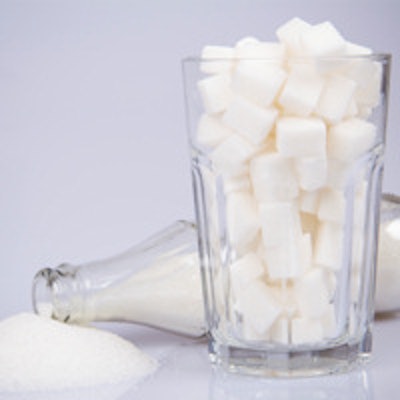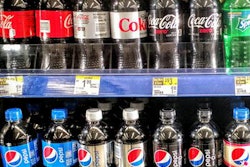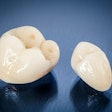
The sugar industry influenced U.S. caries eradication research during the 1960s and 1970s, according to a new study in PLOS Medicine. By working closely with the National Institutes of Health (NIH), a sugar industry trade organization helped to shift the focus of federal research at the time from limiting sugar intake to finding alternative caries prevention strategies.
Researchers at the University of California, San Francisco uncovered a public collection of sugar industry papers at the University of Illinois. The documents, which contained more than 1,500 pages of correspondence between sugar industry executives, meeting minutes, and other relevant reports, revealed a connection between the sugar trade industry and the government.
"The sugar industry could not deny the role of sucrose in dental caries given the scientific evidence," wrote the authors, noting that the industry had accepted that sugar caused caries as early as 1950. "They, therefore, adopted a strategy to deflect attention to public health interventions that would reduce the harms of sugar consumptions rather than restricting intake."
The discovered documents were left by the late Roger Adams, PhD, an organic chemist, professor, and head of the department of chemistry and chemical engineering at the University of Illinois. He had served on the Sugar Research Foundation (SRF), now known as the Sugar Association, and the scientific advisory board of the International Sugar Research Foundation (ISRF), now the World Sugar Research Organization. The World Sugar Research Organization is composed of more than 30 international members with economic interests in the sugar industry, including the U.S. Sugar Association and Coca-Cola.
The researchers compared the papers against National Institute of Dental Research (NIDR) documents to explore how the sugar industry may have influenced the research policies of the 1971 National Caries Program (NCP). They discovered that in 1967 the NIDR's National Dental Advisory Council initially recommended three focus areas for caries eradication research:
- Reducing the virulence of bacteria that has been exposed to sugar
- Fluoride distribution
- Modifying sugar intake guidelines, which concerned the sugar industry
By 1969, the NIH concluded that focusing on reducing sucrose consumption, while possible, was not practical. Instead, the NIH and the sugar industry worked together to develop alternate approaches to combat caries. The sugar industry's tactics to influence the NIDR included the following:
- Funding research in collaboration with the chocolate and confectionary industries to create a dental caries vaccine and evaluate the possibility of enzymes to break up plaque
- Cultivating relationships with NIDR leadership
- Consulting members on a NIDR expert panel
- Submitting a report to the NIDR that became the foundation for the first National Caries Program requests
The ties were so strong that all but one member of the NIDR panel that influenced the priorities for the NCP were also members on a sugar industry expert panel. More than three-quarters of the ISRF's research priorities were directly incorporated into the NCP's first request for research.
As a result of the close relations between the NIH and the sugar industry, the NCP focused on ways to prevent caries without considering sugar reduction. Perhaps unsurprisingly, the majority of research priorities and initial projects largely failed to produce results on a large scale.
The authors did acknowledge some limitations to their findings. Most notably, the papers left by Adams only provide a narrow window into the activities of the sugar industry, because they are representative of only one trade organization. The researchers also could not interview any key people.
The new discovery is all too reminiscent of the tobacco industry's influence on research during the same time period. In fact, Stanton Glantz, PhD, who in 1990 discovered the tobacco industry papers that led to massive settlements between the industry and every U.S. state, was a co-author on this sugar industry paper.
"These tactics are strikingly similar to what we saw in the tobacco industry in the same era," Glantz stated in a press release. "Our findings are a wake-up call for government officials charged with protecting the public health, as well as public health advocates, to understand that the sugar industry, like the tobacco industry, seeks to protect profits over public health."
These findings are especially relevant today as the World Health Organization recently called countries to reduce intake of sugars to about 6 teaspoons a day, less than the amount of sugar in a single can of the leading brand of cola soda. The U.S. Food and Drug Administration also is considering changing the nutrition facts panel on packaged food to include information about added sugars.
"The dental community has always known that preventing tooth decay required restricting sugar intake," lead author Christin Kearns, DDS, said. "It was disappointing to learn that the policies we are debating today could have been addressed more than 40 years ago."



















